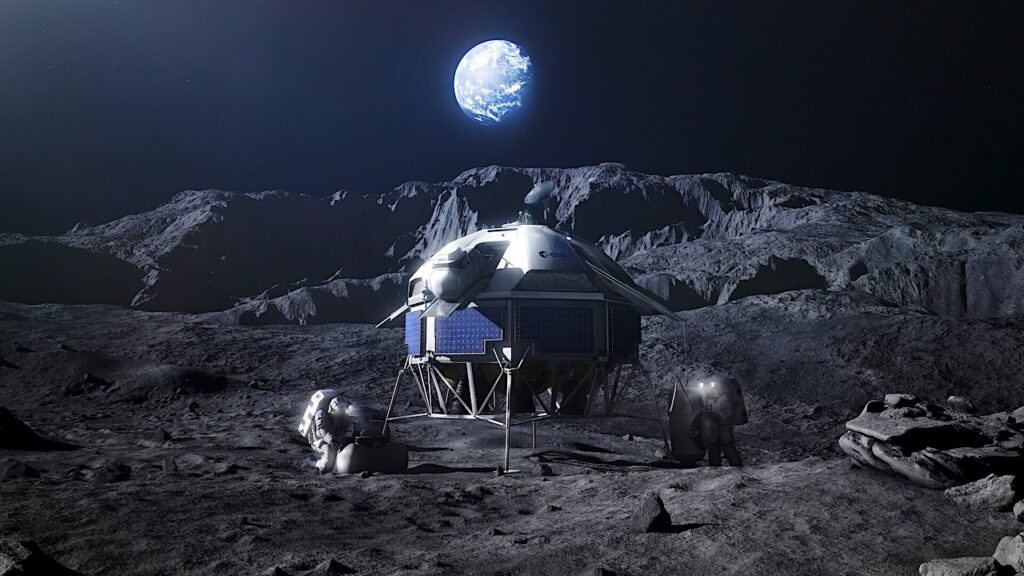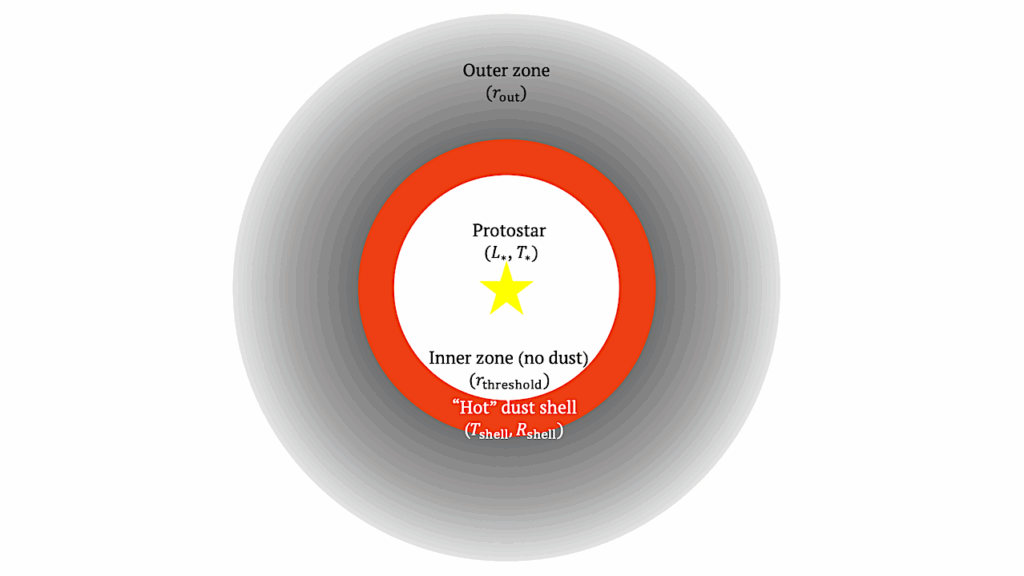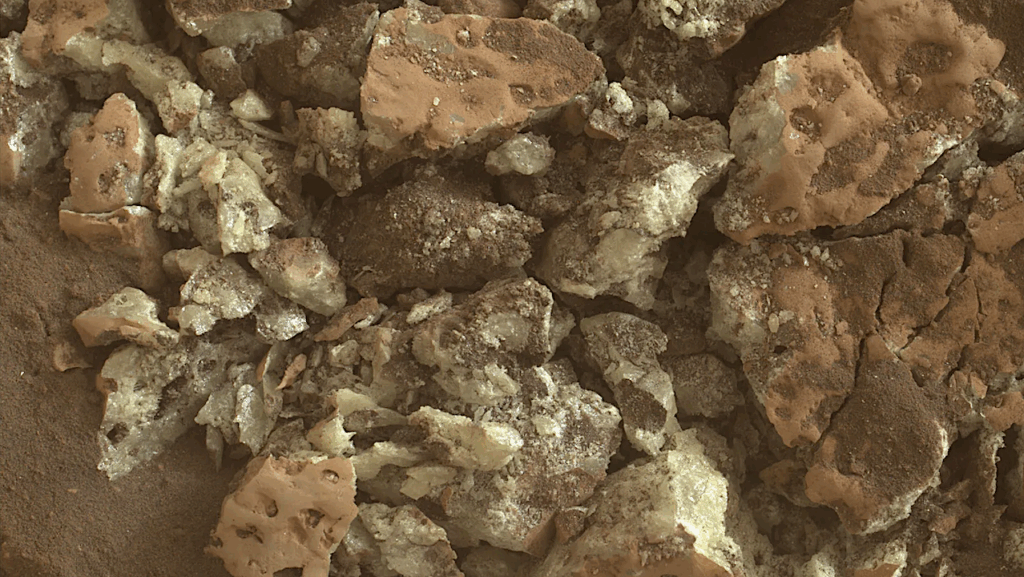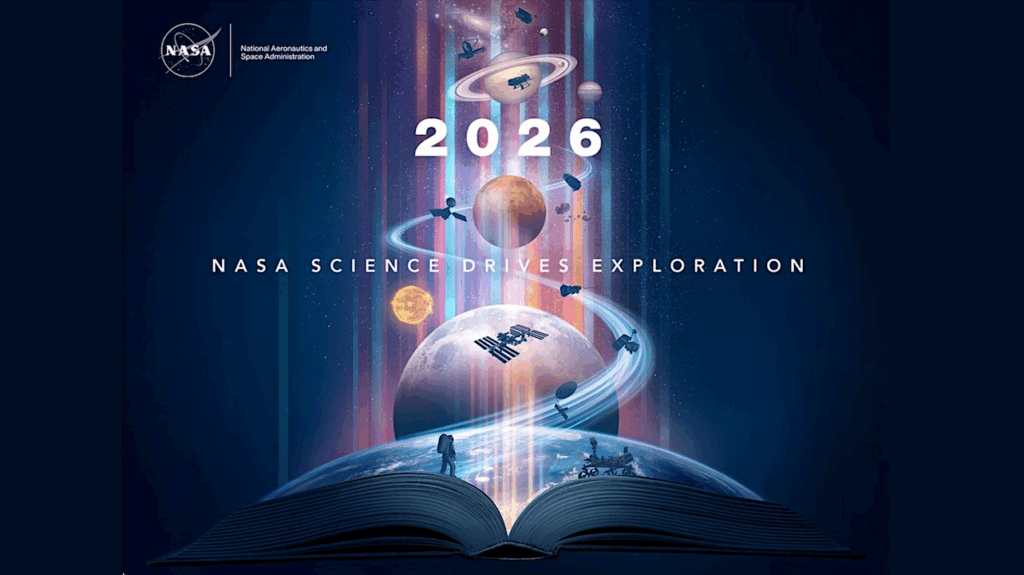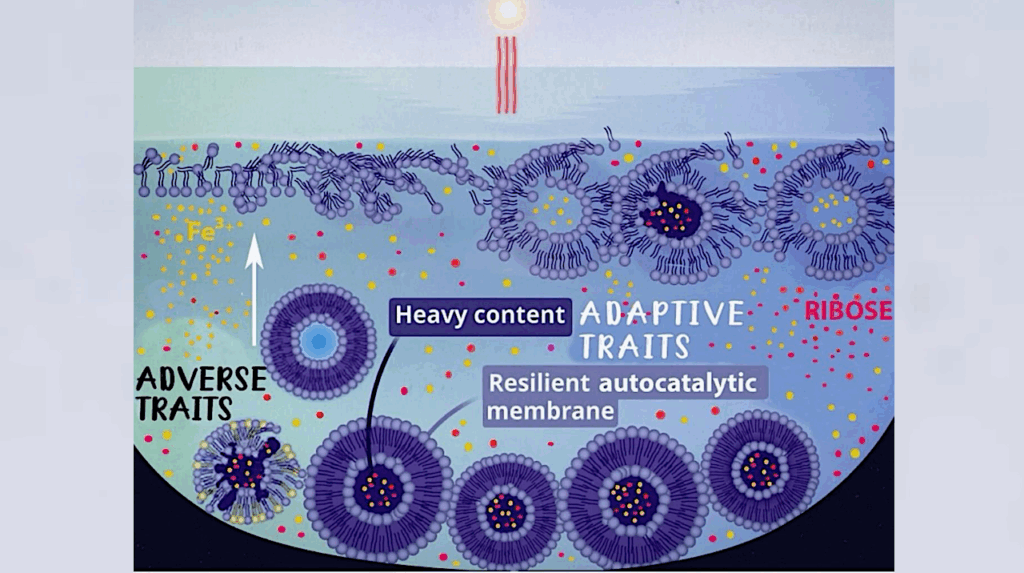Detecting Planetary Mass Companions Near The Water Frost-line Using JWST Interferometry
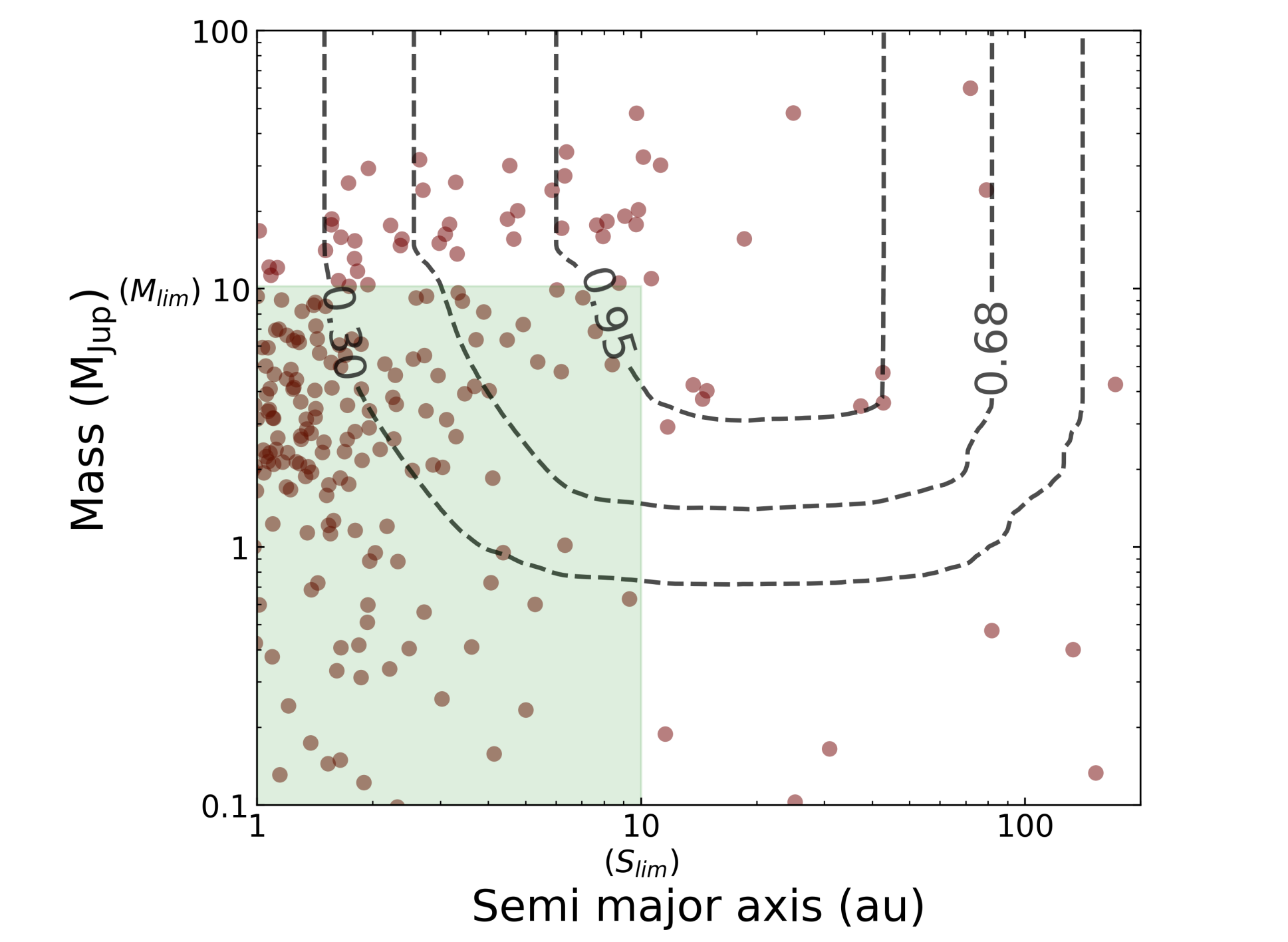
JWST promises to be the most versatile infrared observatory for the next two decades. The Near Infrared and Slitless Spectrograph (NIRISS) instrument, when used in the Aperture Masking Interferometry (AMI) mode, will provide an unparalleled combination of angular resolution and sensitivity compared to any existing observatory at mid-infrared wavelengths.
Using simulated observations in conjunction with evolutionary models, we present the capability of this mode to image planetary mass companions around nearby stars at small orbital separations near the circumstellar water frost-line for members of the young, kinematic moving groups Beta Pictoris, TW Hydrae, as well as the Taurus-Auriga association.
We show that for appropriately chosen stars, JWST/NIRISS operating in the AMI mode can image sub-Jupiter companions near the water frost-lines with ~68% confidence. Among these, M-type stars are the most promising.
We also show that this JWST mode will improve the minimum inner working angle by as much as ~50% in most cases when compared to the survey results from the best ground-based exoplanet direct imaging facilities (e.g. VLT/SPHERE). We also discuss how the NIRISS/AMI mode will be especially powerful for the mid-infrared characterization of the numerous exoplanets expected to be revealed by Gaia.
When combined with dynamical masses from Gaia, such measurements will provide a much more robust characterization of the initial entropies of these young planets, thereby placing powerful constraints on their early thermal histories.
Shrishmoy Ray, Sasha Hinkley, Steph Sallum, Mariangela Bonavita, Vito Squicciarini, Aarynn L. Carter, Cecilia Lazzoni
Comments: 19 pages, 13 figures, Accepted for publication in Monthly Notices of the Royal Astronomical Society
Subjects: Earth and Planetary Astrophysics (astro-ph.EP); Instrumentation and Methods for Astrophysics (astro-ph.IM)
Cite as: arXiv:2211.09830 [astro-ph.EP] (or arXiv:2211.09830v1 [astro-ph.EP] for this version)
https://doi.org/10.48550/arXiv.2211.09830
Focus to learn more
Submission history
From: Shrishmoy Ray
[v1] Thu, 17 Nov 2022 19:00:11 UTC (7,583 KB)
https://arxiv.org/abs/2211.09830
Astrobiology


